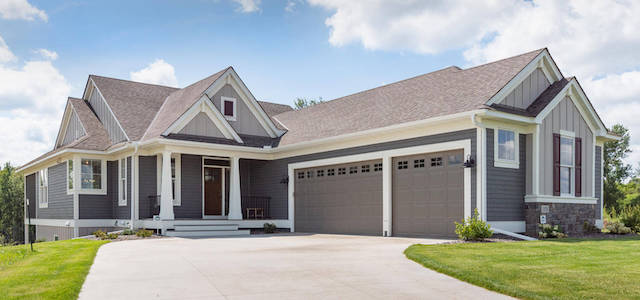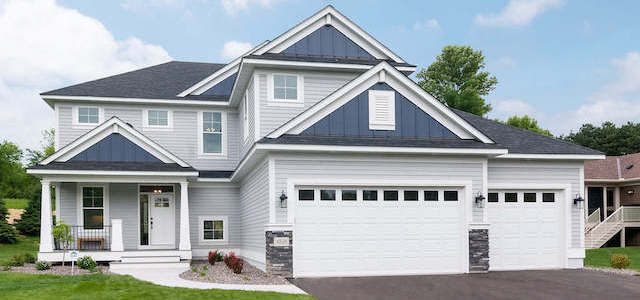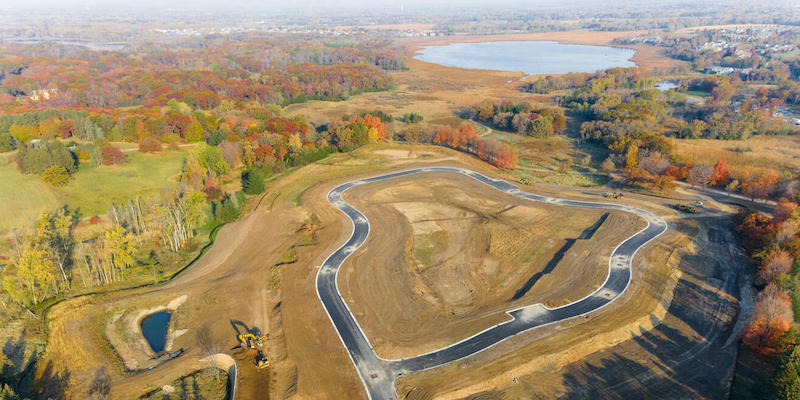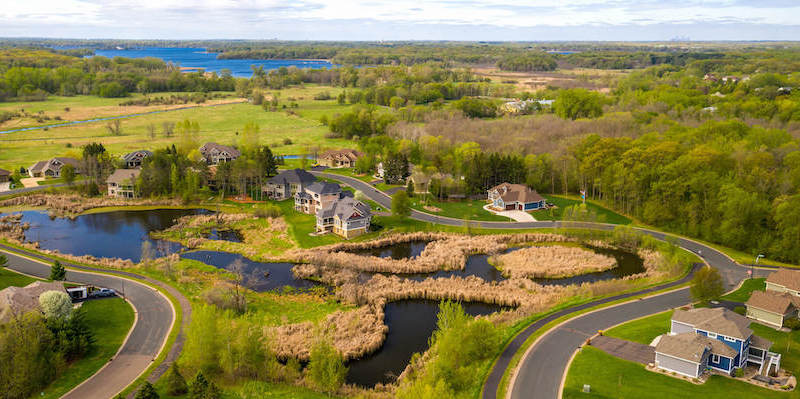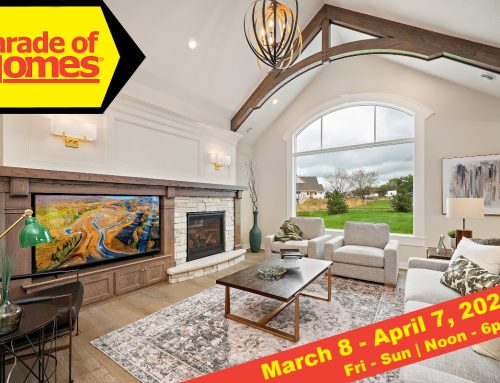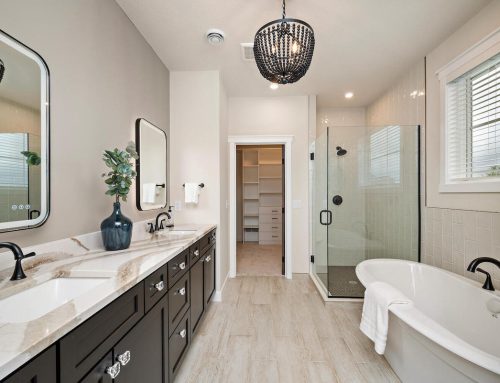NAHB, 2014 – Members of the Building Systems Councils (BSC) of the National Association of Home Builders (NAHB) will celebrate National Building Systems Week Aug. 3 – 9 by offering model home tours, demonstrations and much more. This week-long national event aims to educate consumers on the differences between system-built homes versus traditional stick built and provide them with the information they need when planning for a new home.
“We are inviting members of the community to visit our model homes and tour our factories to learn about the benefits of buying a systems-built home,” said BSC Chairman Jason Blenker, president of Blenker Building Systems Inc. and Envision Home in Amherst, Wis. “What many consumers don’t realize is that once systems-built homes are completed they are indistinguishable from their traditional site-built cousins. And that’s something we want to be able to show consumers.”
Prefabricated by skilled craftsmen in an efficient, controlled setting, systems-built homes, which include modular, panelized, concrete, log and timber homes, provide homeowners another alternative to home building that often saves the homeowner time and money due to the way the homes are built. Below are some facts about prefab housing that the BSC is sharing with consumers:
- Building homes in a factory setting allows for more consistent quality due to uniform construction processes, training techniques and inspections. Homes are built in a controlled factory environment, making weather delays, are all but eliminated thing of the past and saves the owner both time and money. In fact, custom modular homes are often move-in ready in about two-thirds the time needed for a comparable custom site-built home.
- Prefab houses are extremely strong. Because they have to withstand the rigors of transporting the home from the factory to the onsite location, they are often built with materials above and beyond what’s mandated for site construction. This added strength translates into a solid, energy-efficient structure once assembled and a home that’s more likely to withstand a natural disaster.
- Systems-built homes are often more tightly built and thus more energy efficient, which can result in lower heating and cooling costs for the home owner.
- Systems-built homes score high on the green-building scale because material waste is significantly reduced both in the factory and the job site. Assembly in an enclosed indoor environment allows them to fulfill some key components of green building certifications, including the ICC 700 National Green Building Standard.
- While most manufacturers have a portfolio of home plans to choose from, computer-assisted design (CAD) allows limitless design and customization possibilities when planning your new systems-built home.
To find a builder or manufacturer member of the BSC and to see photo and video galleries of building systems home types, visitnahb.org/buildingsystemsweek.

